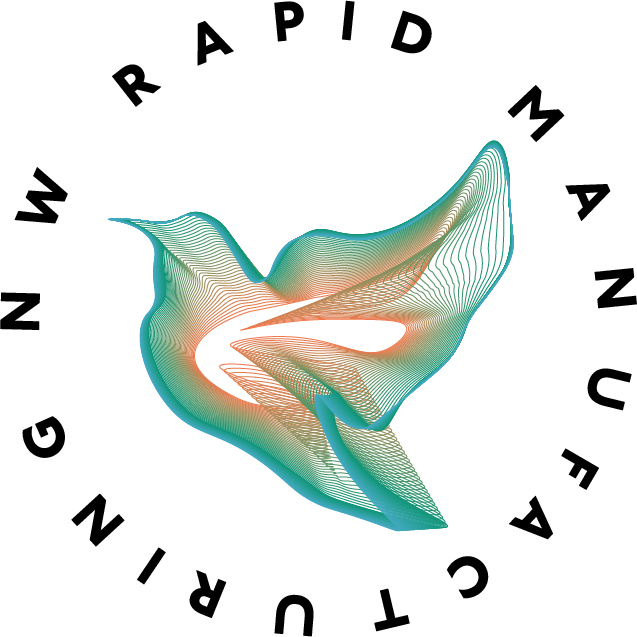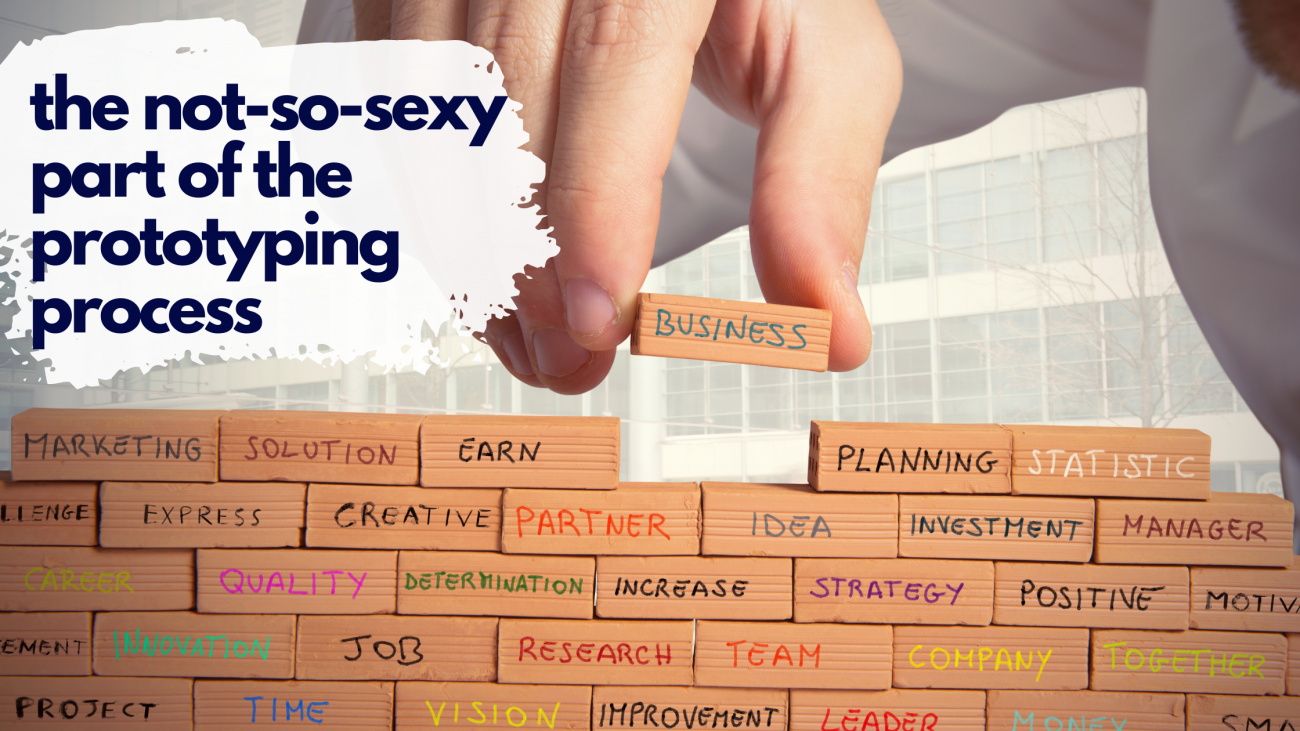
From idea to prototype
It’s a HUGE leap. We all have ideas, and more often than not, we don’t pursue them. But every now and then there’s that one idea that you just can’t get out of your head … That you’re confident is a good one. So how do you prove it out?
Just like it’s a journey to go from an idea to a prototype in your hand, explaining just how to do it is also a journey. And rather than skimp on the process and leave all of the tough parts out, we’re going to do a series of posts taking you from idea through to an actual prototype in your hand. We wish it was as easy as you just handing us your scribbles on a napkin ... That is very much NOT how the process works (anyone who tells you they can do that is honestly wasting your money). Though 3d printing makes prototyping faster and easier than traditional processes, it’s still a process. And that process all starts with how sure you are about your idea.


The not-so-sexy part of prototyping
Are you ready for a little tough love? The entire process of prototyping is NOT going to be fun. Don’t get us wrong, there are definitely fun parts … But this entire first step of the prototyping process, the step of vetting your idea, is not one of them for probably 99 percent of you (we are thoroughly jealous of that remaining one percent). What do we mean by vetting your idea? We mean market research!
What is market research?
You might be surprised to read this, but when we get inquiries for printing prototypes and we ask about the go-to-market plan (which helps us define a timeline for your prototype and eventual production pieces), we often get a response that sounds like, “Huh?” Then we ask about existing competition (even just some simple Google searching can yield a lot of insight), and we get an answer that sounds like, “Well I haven’t seen anything like this.”
This is most definitely one of those situations where if you haven’t seen it, that most certainly does not mean it does not exist.
So, what is market research? Well, the U.S. Small Business Administration has an answer for that: It blends consumer behavior and economic trends to confirm and improve your business idea. And it is CRUCIAL to understanding your consumer base from the outset. The outcome of your research should yield you answers to these very important questions:
- Demand: Is there a desire for your product?
- Market size: How many people would be interested in your product?
- Economic indicators: What is the income range and employment rate of your average customer?
- Location: Where do YOUR customers live and where can your business reach?
- Market saturation: How many similar options are already available? And what are the strengths and weaknesses of these alternative products?
- Pricing: What do potential customers pay for these alternatives?
If at the end of all of this consumer researcher and competitive analysis you’re still saying “my product is for everyone and I have no competition,” we highly recommend you go back and take a deeper dive.
Write a business plan!
We warned you this part is NOT sexy. Now that you understand your market and competition, you’re ready to tackle your business plan (oh goody!). Luckily the Small Business Administration again has you covered with an explanation of what goes into a business plan and examples to demonstrate what a thorough business plan looks like.
Think of your business plan like a roadmap to your business. Among other things, it provides a structure to your business, an idea of how you’ll scale, funding requirements and financial projections. Most significantly, writing up a business plan gives you insight into the risks of starting your business and pursuing a prototype, the costs associated with starting a business, and the competition you’ll face. It forces you to face the reality that you’ll most likely work for free for five years before you potentially see a profit. Are you ready to commit to that?
Sidenote (more like a rant) – A patent or provisional patent is not a business plan. It doesn’t require a business plan. Unlike printing a prototype, you can actually take your idea on a napkin to the patent office and get a patent. A patent just means that there isn’t a CURRENT patent on the idea you’re presenting. It DOES NOT mean it’s a new idea. It does not mean it will be a successful business idea. So telling us your idea is patented just tells us that you paid for a patent.


The good news – this is all FREE!
You can do all of this – market research, competitive analysis, and a business plan FOR FREE! Yes, it’s going to cost you time. And yes, you’ll need access to the internet. But otherwise, this is completely free. It doesn’t have to cost you a dime! In fact, as long as you keep track of all of your time and materials (and you should have thorough documentation of everything you do so that if your idea is stolen you have a case to make that it was, in fact, your idea first), you can use all of it for a tax write off! So it’s not only free, it actually saves you money in taxes at the end of the year.
You’re probably asking why we care … “Just shut up and take my money!” We’re confident that there are a lot of companies that will happily do that. They’ll help you make a CAD Model and print your prototype, no questions asked. But if it’s a prototype for something that the market doesn’t actually need or, more likely, it’s going to cost you a lot more than expected and you’ll get no return, why would you make it in the first place? We don’t want to make you something that is ultimately a waste of your money and both of our time. So we like to see that you committed to the free parts first … Because if you aren’t willing to do the free parts of your business, why spend the money on the expensive parts?
So, business plan is in place. What’s next?
The fun part – getting a CAD model or design! And you could definitely teach yourself the software, but we recommend finding yourself the engineer that fits your project (and you have a lot to choose from). Stay tuned for our next post where we talk about speed dating … With engineers!
